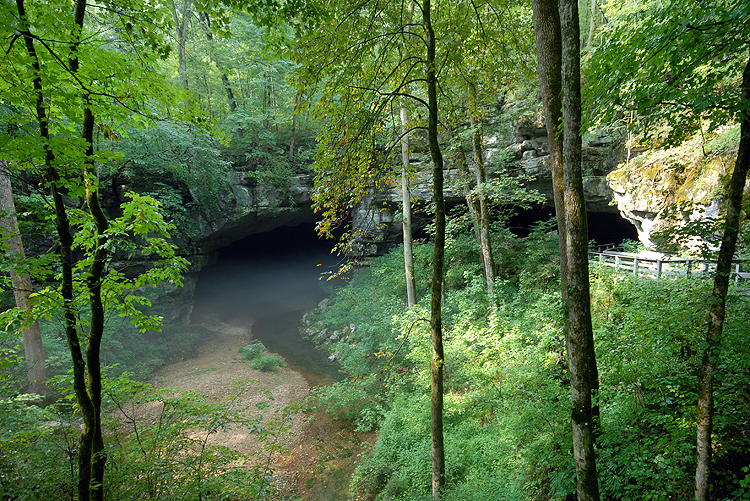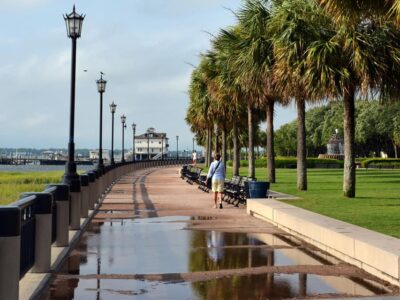“Where the skies are so blue …”
When the southern rock band Lynyrd Skynyrd entered the studio to record a jaunty number based around a three-chord guitar riff, one wonders if the members could’ve ever known the kind of salience this raucous pop song would hold some 50 years later.
“Sweet Home Alabama,” with its equal opportunity criticism of everyone from George McGovern to Neil Young, is as deceptively complex a song as has ever made its way up the charts.
In this way, it’s as much a representation of the very state it namechecks as it was a mirror held up to the times in which it was written.
Alabama is at once a state in the old southern tradition, genteel and tranquil, easygoing and open, yet its history belies a more complicated story.
It has had a central place in the story of the American South since the early 19th century, leading up to and including seceding from the Union during the American Civil War, during which it was a booming agricultural hub and a leading cotton manufacturer in the South.
Photo Courtesy Freedom Riders National Monument
Following the South’s defeat, Alabama became ground zero for some of the burgeoning Jim Crow laws popping up in southern states, placing major restrictions on the rights of formerly enslaved Black Americans. Fast forward nearly 100 years, and the “Yellowhammer State” — named for its state bird — still stood on the front lines of the Civil Rights movement.
Three National Monuments stand in the “Heart of Dixie” today to inform present-day generations of this rich, if fraught, past and to preserve this history for future generations.
Birmingham Civil Rights National Monument: In early 1963, the front pages of American newspapers were set ablaze with visceral images of firehose cannons and police dogs turned loose onto Black Americans in Birmingham, AL. Throughout the country, everyday Americans were horrified by these photos, and the issue of civil rights for Black citizens was vaulted into national prominence in a way unseen before. Southern Christian Leadership Conference leaders, including Dr. Martin Luther King, Jr. and Reverend Fred Shuttlesworth of the Alabama Christian Movement for Human Rights, made their home in Birmingham to plan, stage, and activate the growing protest movement. These acts of civil disobedience brought much-needed awareness to the struggle of Black Americans in the South and led to the passage of the Civil Rights Act of 1964. This National Monument stands to commemorate the struggle of the many who fought for equal rights under the law for all citizens.
Photo Courtesy NPS
Freedom Riders National Monument: Great progress is often preceded by unimaginable tragedy. This site memorializes a horrific event that would pave the way for greater freedom for generations that came at a great cost. The Freedom Riders National Monument preserves the memory of protesters who challenged the interstate segregation laws in 1961, traveling on public buses and sitting at “whites only” lunch counters and restrooms. One such group traveling near Anniston, AL, had its bus firebombed by white supremacists, an act that led to the beginning of the dissolution of interstate segregation laws. This National Monument stands in tribute to these heroes and their struggle for equality.
Photo Courtesy NPS
Russell Cave National Monument: While it is true that Alabama has a long and difficult history, it also contains some of the most beautiful natural landscapes in the American South. One very singular archeological treasure, Russell Cave National Monument, protects a deep series of caves in the northern part of the state whose descendants date back more than 10,000 years. This site was first discovered in the 1950s and has “one of the most complete records of prehistoric cultures in the Southeast” U.S., according to the National Parks Service. It represents a millennia’s worth of human history and is one of the most significant American archaeological finds in recent decades. Today, it serves as a unique and educational tourist and learning center, one of the true gems of the Alabama National Parks system.
Photo Courtesy NPS





